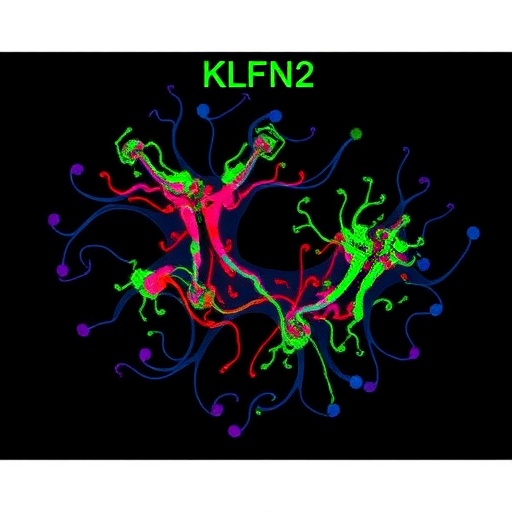It may simply be that having a big brain is itself the cause.
That's what doctor and PhD candidate Even Hovig Fyllingen at the Norwegian University of Science and Technology (NTNU) has determined with his research colleagues.
"Aggressive brain cancer is a rare type of cancer, but once you have it, the chance of survival is relatively low," he says.
Lifestyle matters less
For some types of cancer, lifestyle makes a big difference. People who smoke have a greater risk of lung cancer than non-smokers, for example. A person's lifestyle matters less for brain tumor development.
A large brain means more brain cells. And the more cells you have, the more cell divisions that can go wrong and create mutations that lead to cancer.
Big organs, bigger risk
"Several studies have shown that the size of different organs is an important factor in cancer development. For example, women with larger breasts have a greater risk of breast cancer. We wanted to check if this was also the case for brain tumors," says Fyllingen.
To tackle the question, he relied on material from the Nord-Trøndelag Health Study (HUNT). It comprises health data and blood samples that have been collected in multiple waves of data gathering from thousands of Norwegians in the Nord-Trøndelag county region. The purpose of the study is to find out why some individuals become ill while others stay healthy, what affects our health and how our health affects our lives.
Fyllingen used the third version of the survey, called HUNT3, and compared it to St. Olavs Hospital's neurosurgery database. He extracted data on everyone who had been operated on for high-grade gliomas (brain tumors) between 2007 and 2015 and compared their data with healthy controls from the HUNT study.
The researchers used MRI scans to measure the size of the brain. Then 3D models were made from them so that the intracranial brain volume could be measured in millilitres.
Mostly men who get brain tumors
The study also shows that more men than women develop brain tumours.
"Men have a larger brain than women because men's bodies are generally larger. It doesn't mean that men are smarter, but you need to have more brain cells to control a large body. This is also the case with animals. In bigger bodies, organs like the heart, lungs and brain are also bigger," says Fyllingen.
Yet it turns out that women with big brains have a greater risk of developing brain tumors compared to men with big brains.
"Seventy per cent more men than women develop brain tumors, but when we correct for head size, it's no longer beneficial to be female. Women with large brains are particularly susceptible. Why that is I have no idea," says Fyllingen.
###
Media Contact
Even Hovig Fyllingen
[email protected]
47-916-10614
@NTNU
http://www.ntnu.edu
http://dx.doi.org/10.1093/neuonc/noy043




